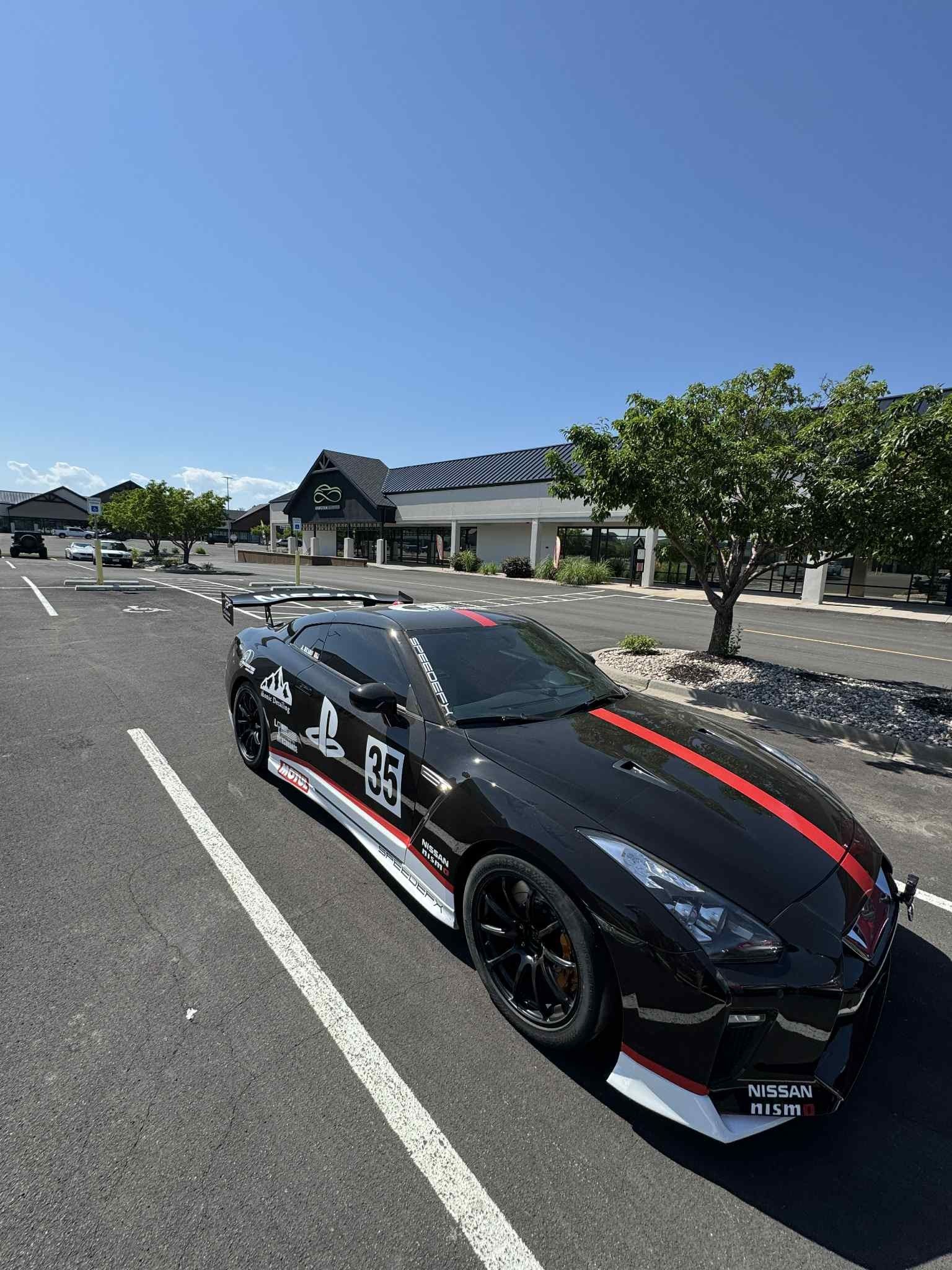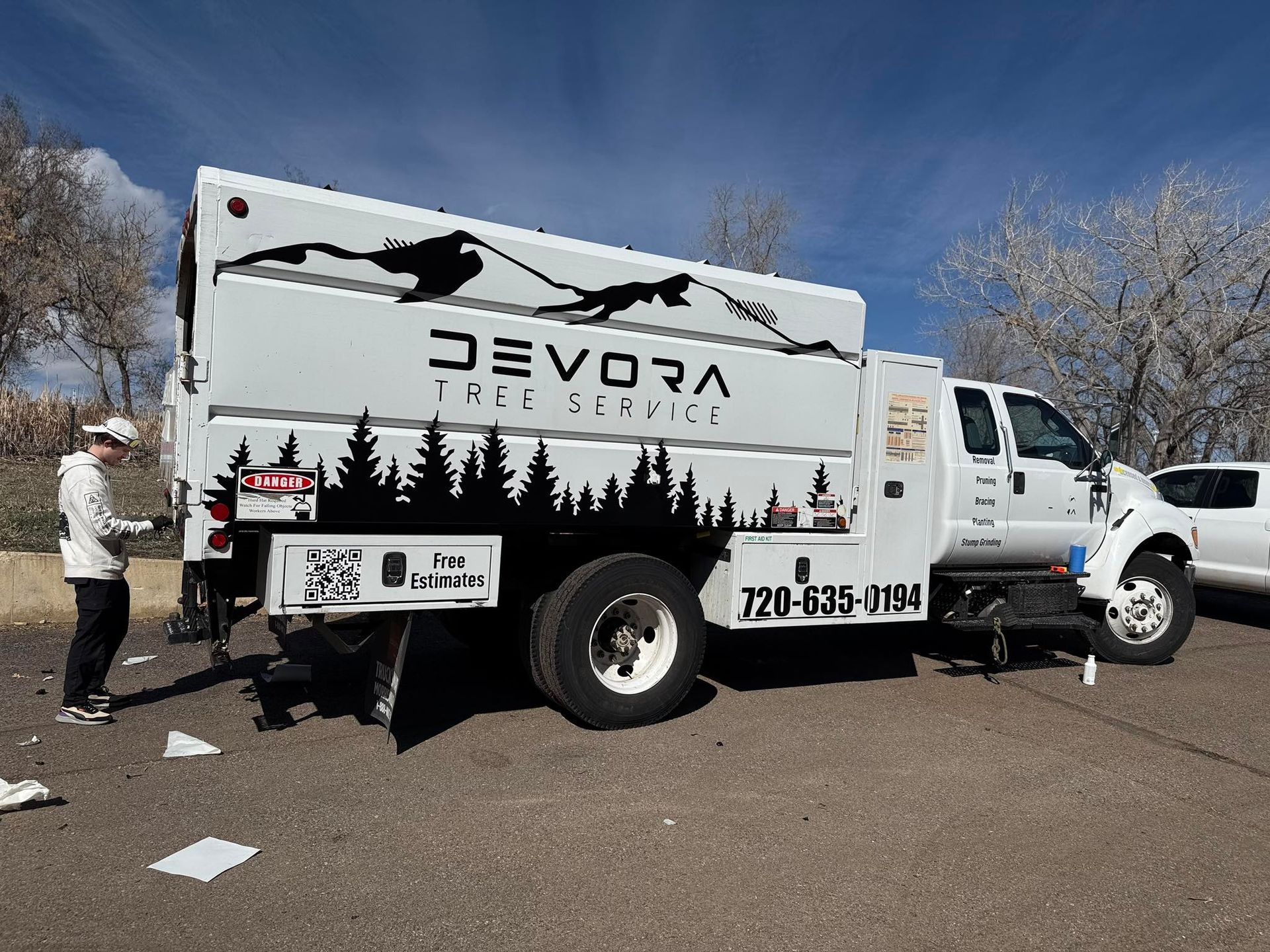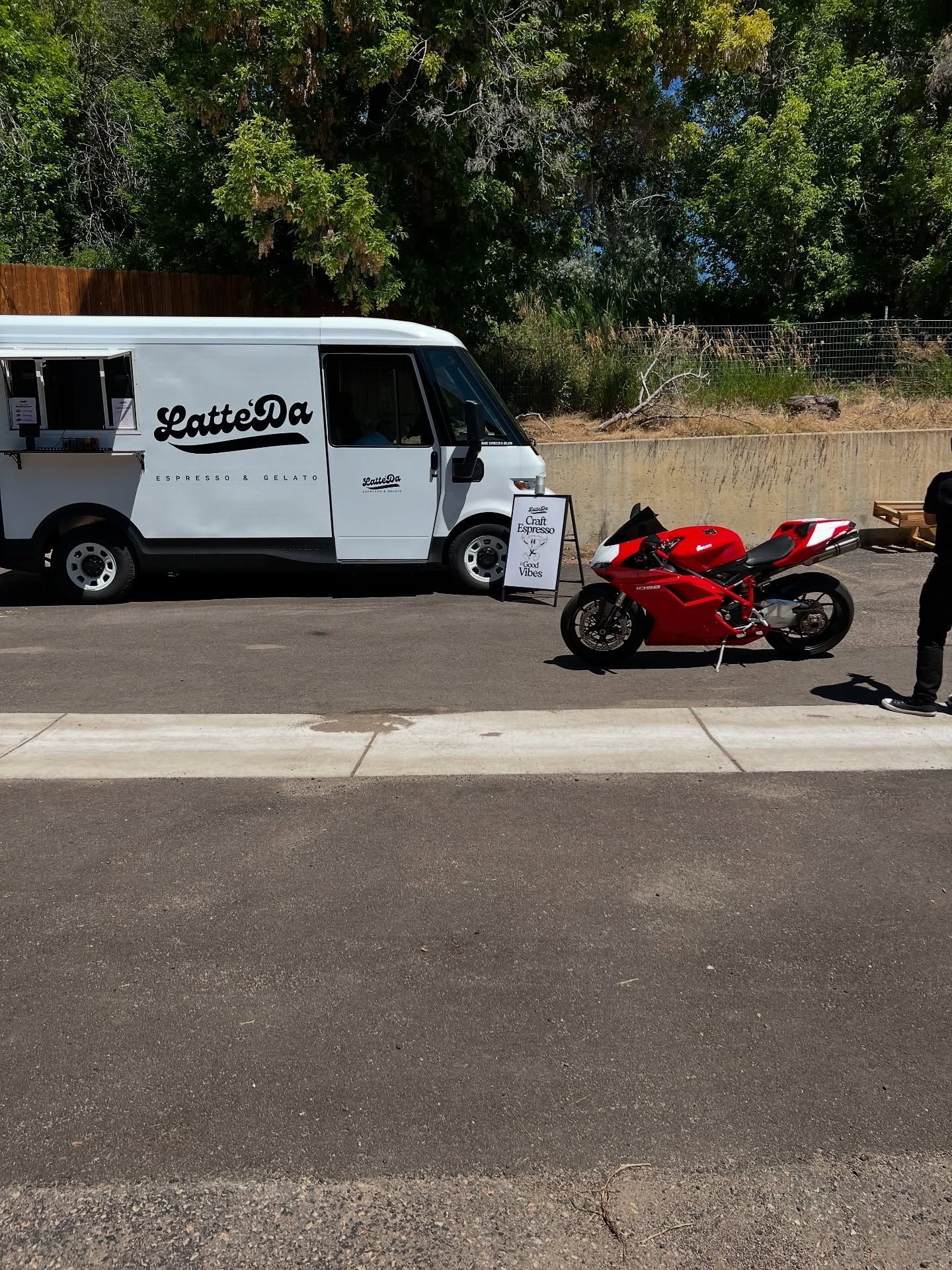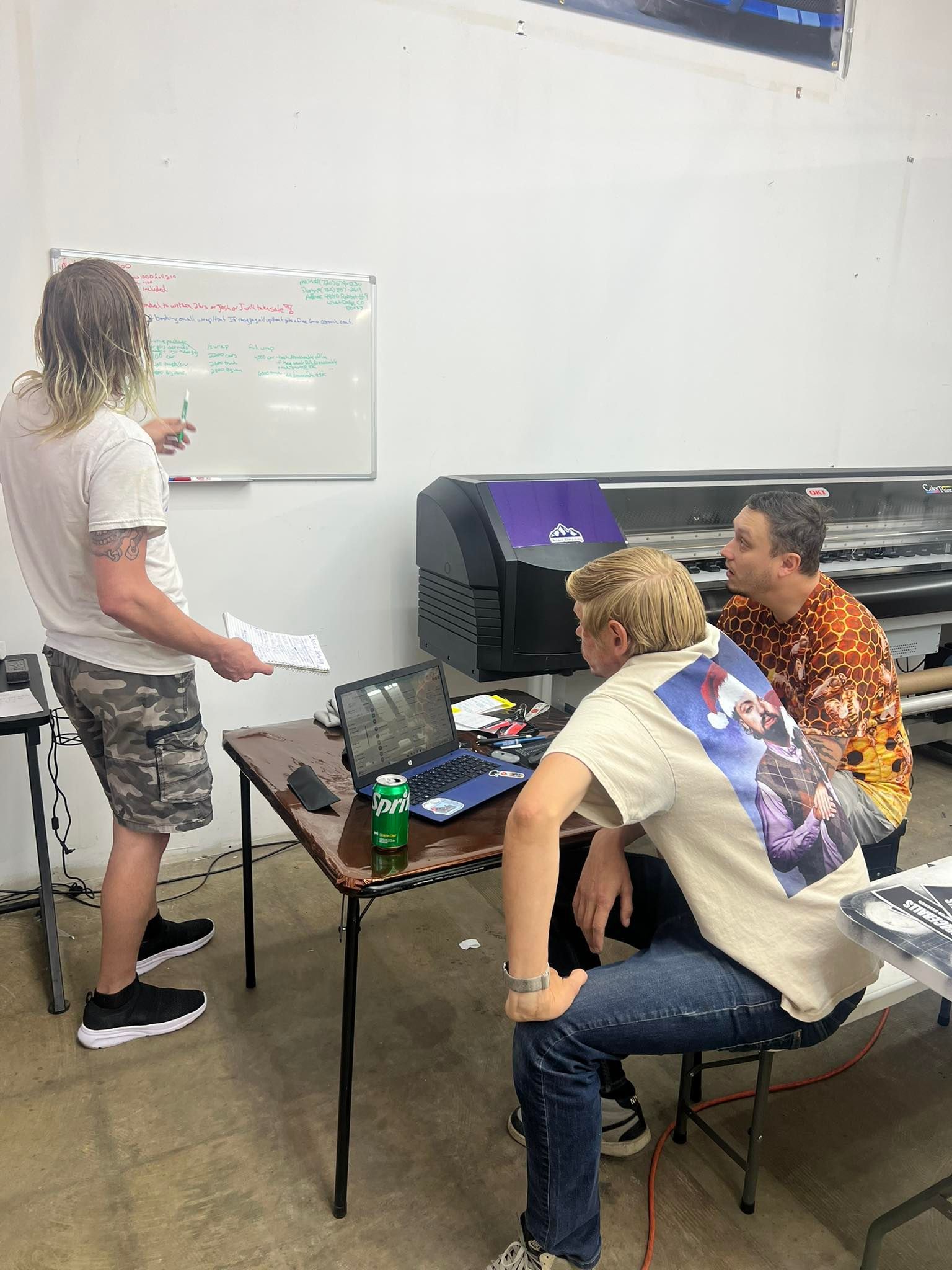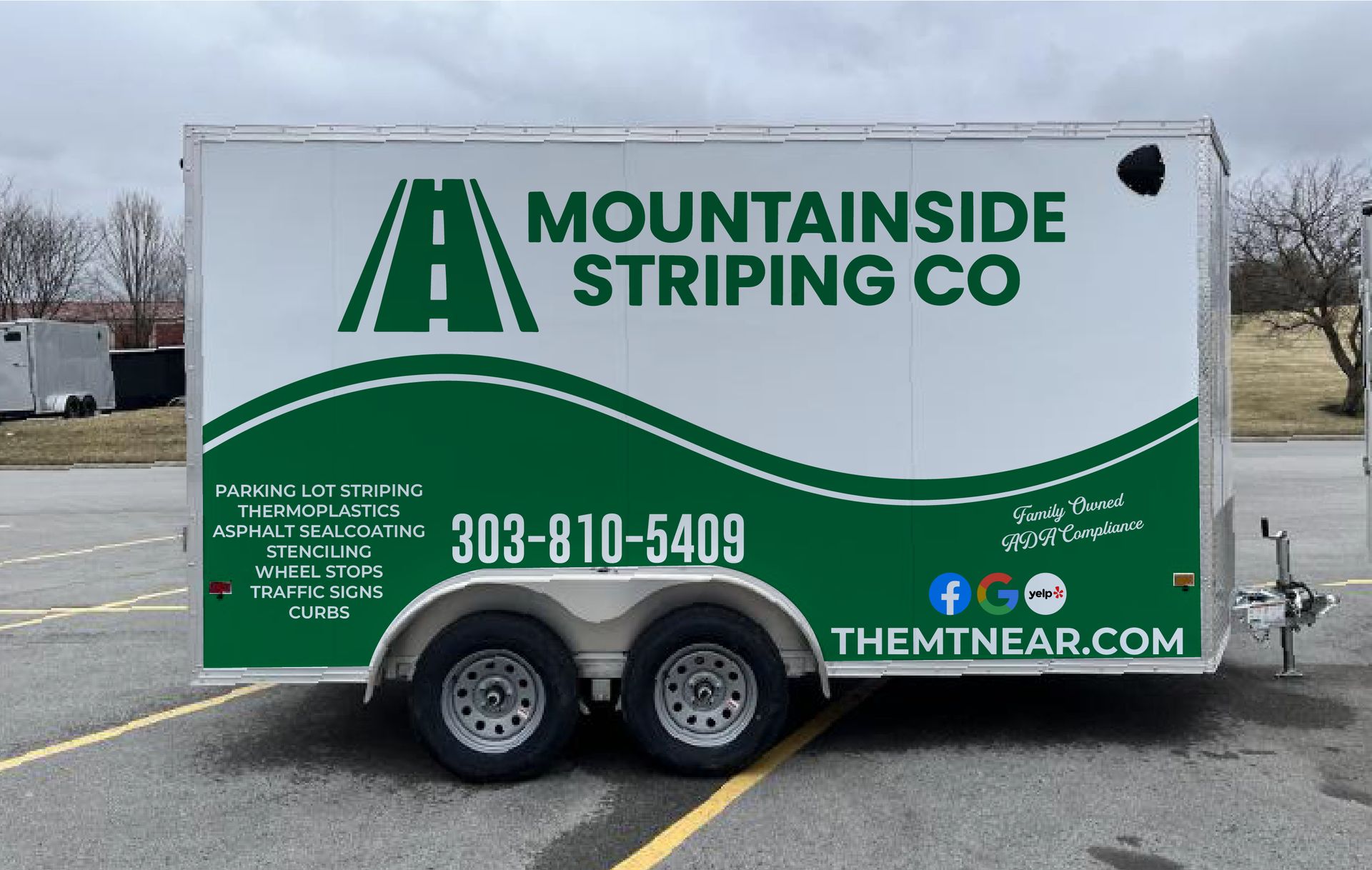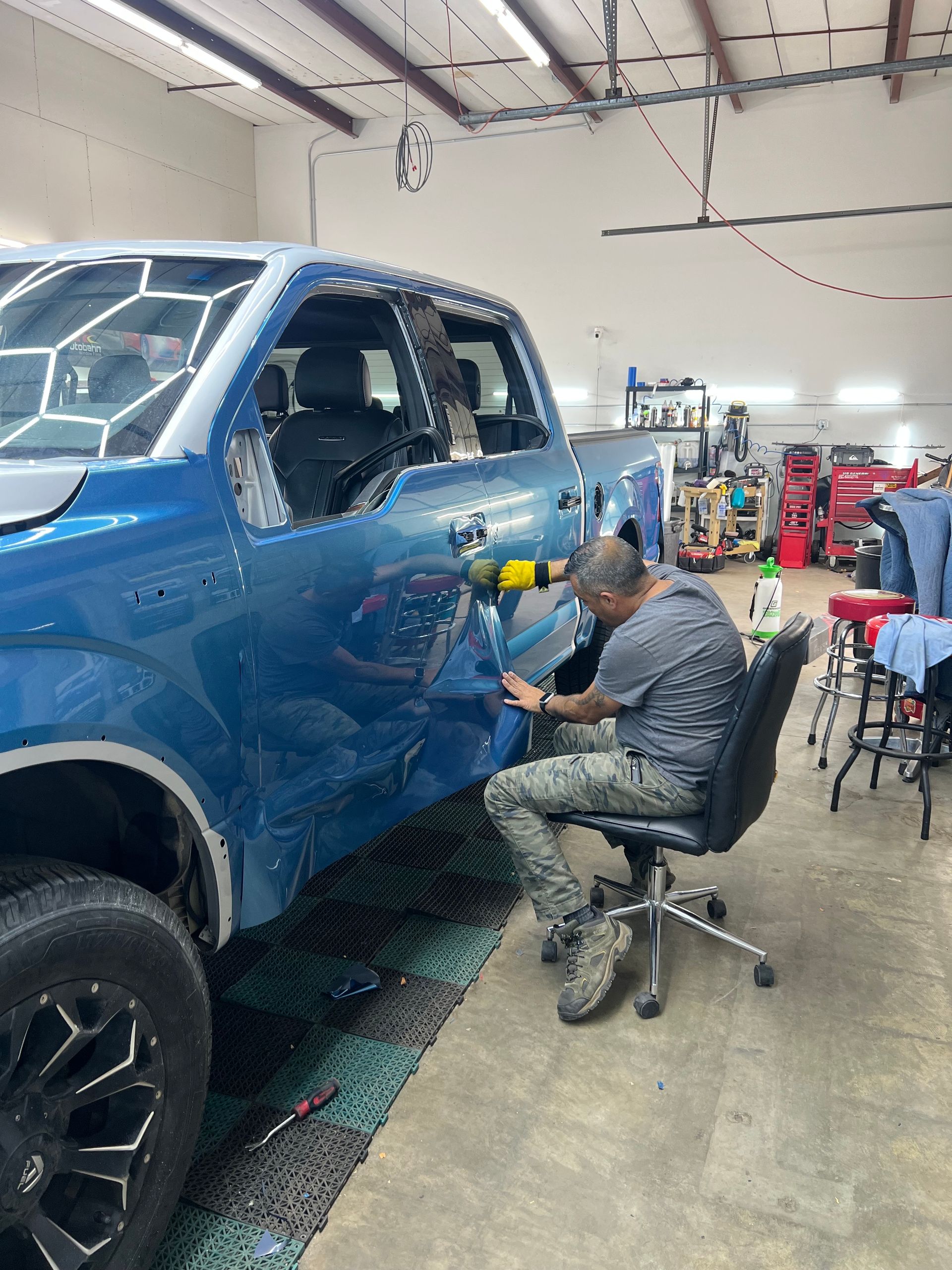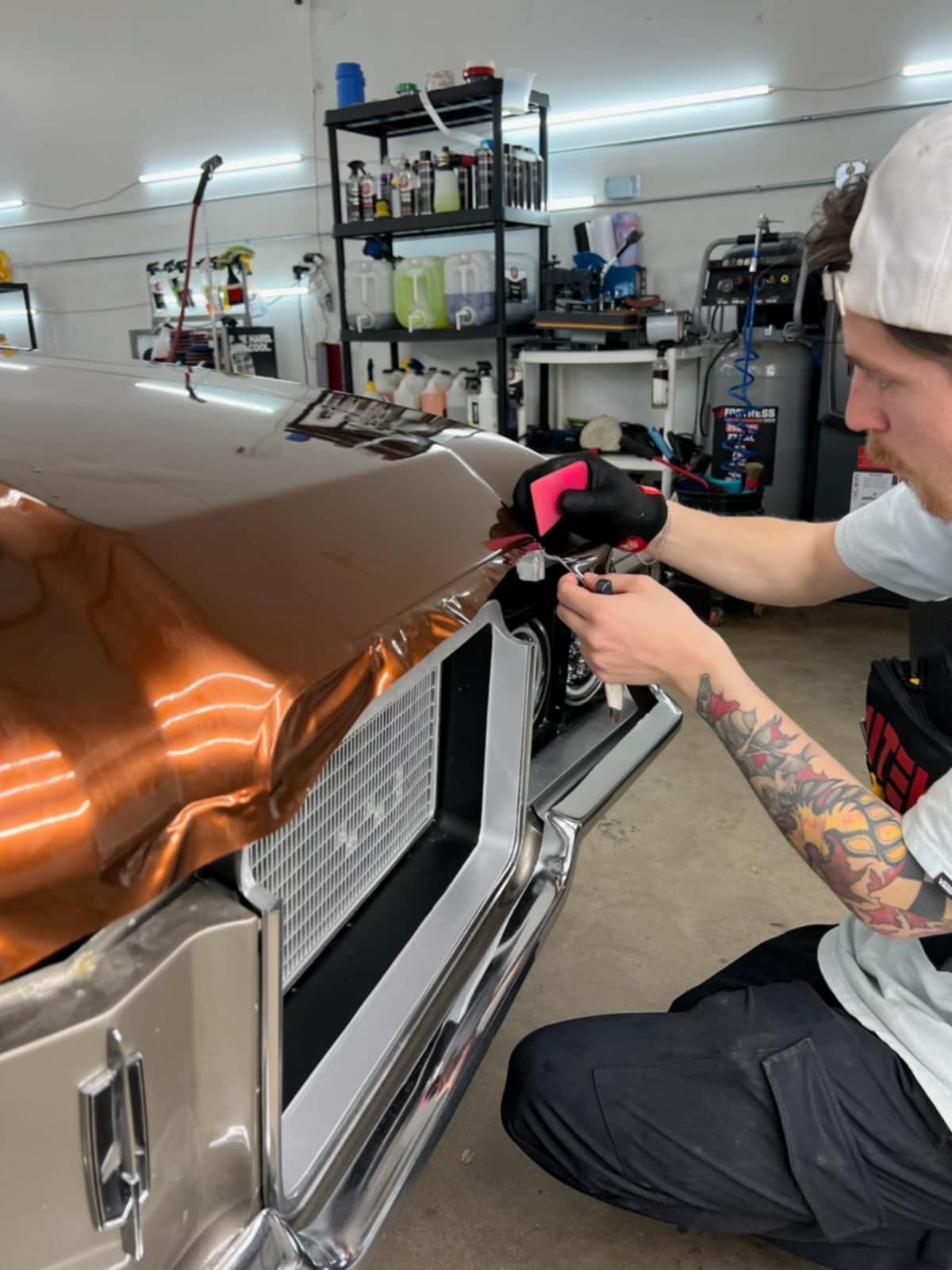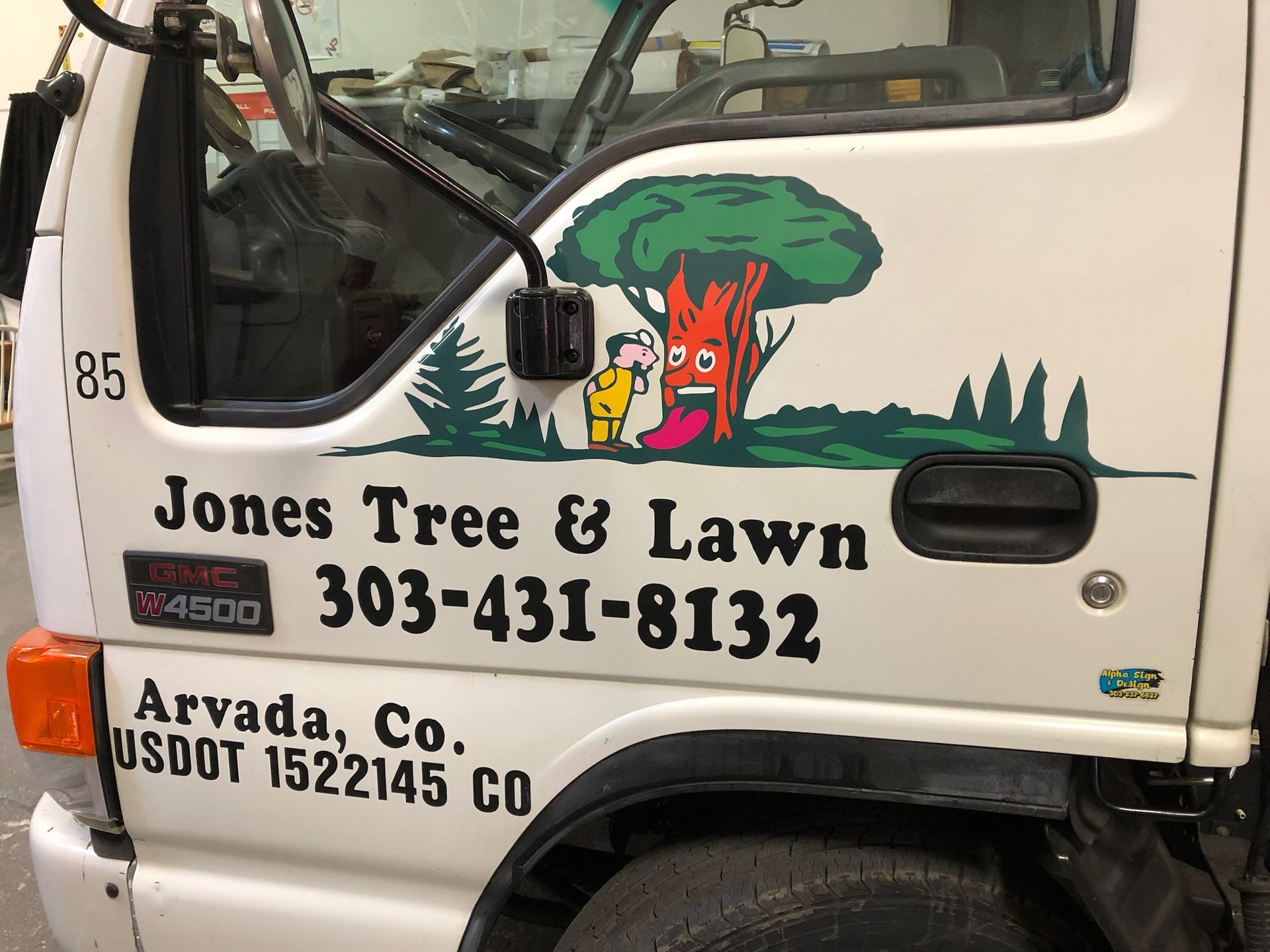Before You Call a "Wrap Shop Near Me": A 3-Step Prep Guide for Your Commercial Wrap
A commercial vehicle wrap is one of the most effective marketing assets for a Denver or Wheat Ridge business. It’s a 24/7 billboard that builds trust and generates leads.
But a successful custom wrap is a partnership. The final result is a combination of a pro wrap shop's technical skill and the client's clear vision. To make the process fast, efficient, and successful, a little preparation goes a long way.
Before you even send your first email, here is a 3-step guide to gathering the essential assets your designer will need.
1. The Asset Checklist: Gather Your "Vector" Logo
This is the most important technical step. When your designer asks for your logo, they will specifically ask for it in a "Vector" format.
- What is a Vector File? These are files ending in .AI, .EPS, or sometimes .PDF.
- What is Not a Vector File? Files ending in .JPG, .PNG, or .GIF.
Here's the factual difference: A .JPG or .PNG is a flat, pixel-based image. It has a fixed size. If you try to enlarge a small .JPG from your website to fit the side of a fleet wrap, it will become a blurry, pixelated, and unprofessional mess.
A Vector file is a mathematical, "point-based" file. It has no fixed size. We can scale it from the size of a business card to the size of a 50-foot truck, and it will remain perfectly crisp and sharp.
Action Item: Before you do anything else, find the original vector file for your logo. Check with the person who designed your brand or printed your business cards. Having this file ready is the #1 way to speed up the design process.
2. The Information Audit: Decide Your "3-Second Message"
A commercial wrap is a 3-second billboard. It is not a brochure. The most common design mistake is trying to list 10 services and 3 different phone numbers. This creates visual clutter, and a confused customer remembers nothing.
Your designer needs a clear hierarchy of information.
Action Item: Decide in advance what your non-negotiable, essential information is. We recommend sticking to three:
- Your Brand: (Your vector logo, as prepared in Step 1)
- Your Key Service: Not a list, but one main category. "Commercial & Residential Roofing," "24/7 Emergency Plumbing," etc.
- Your Call to Action: One single, primary contact. This is usually your website URL (e.g., "YourCompany.com") or a main phone number. A clean website address is often easier for drivers to remember.

3. The Fleet Audit: Know Your Vehicle's Exact Specs
A custom wrap is not one-size-fits-all. A design for a 2022 Ford Transit High-Roof is completely different from a 2018 Ford Transit Mid-Roof.
To create an accurate design proof and a precise quote, your wrap shop needs to know exactly what they are working with.
- Action Item: Create a simple list of your fleet vehicles. For each one, note:
- Make, Model, and Year (e.g., 2021 Ford E-350)
- Color (The original paint color, which can be integrated into a partial wrap)
- Critical Modifications: This is the one everyone forgets. Does the vehicle have custom ladder racks? Toolboxes? A side-pipe exhaust? Aftermarket bumpers?
A ladder rack that bolts over the area where you wanted your logo is a major problem unless the designer knows about it before they start.
By gathering these three things—your vector logo, your core message, and your exact fleet specs—you are perfectly prepared for a productive design consultation. You will save yourself time, save your designer revisions, and ensure the entire fleet branding process is smooth, professional, and successful.
